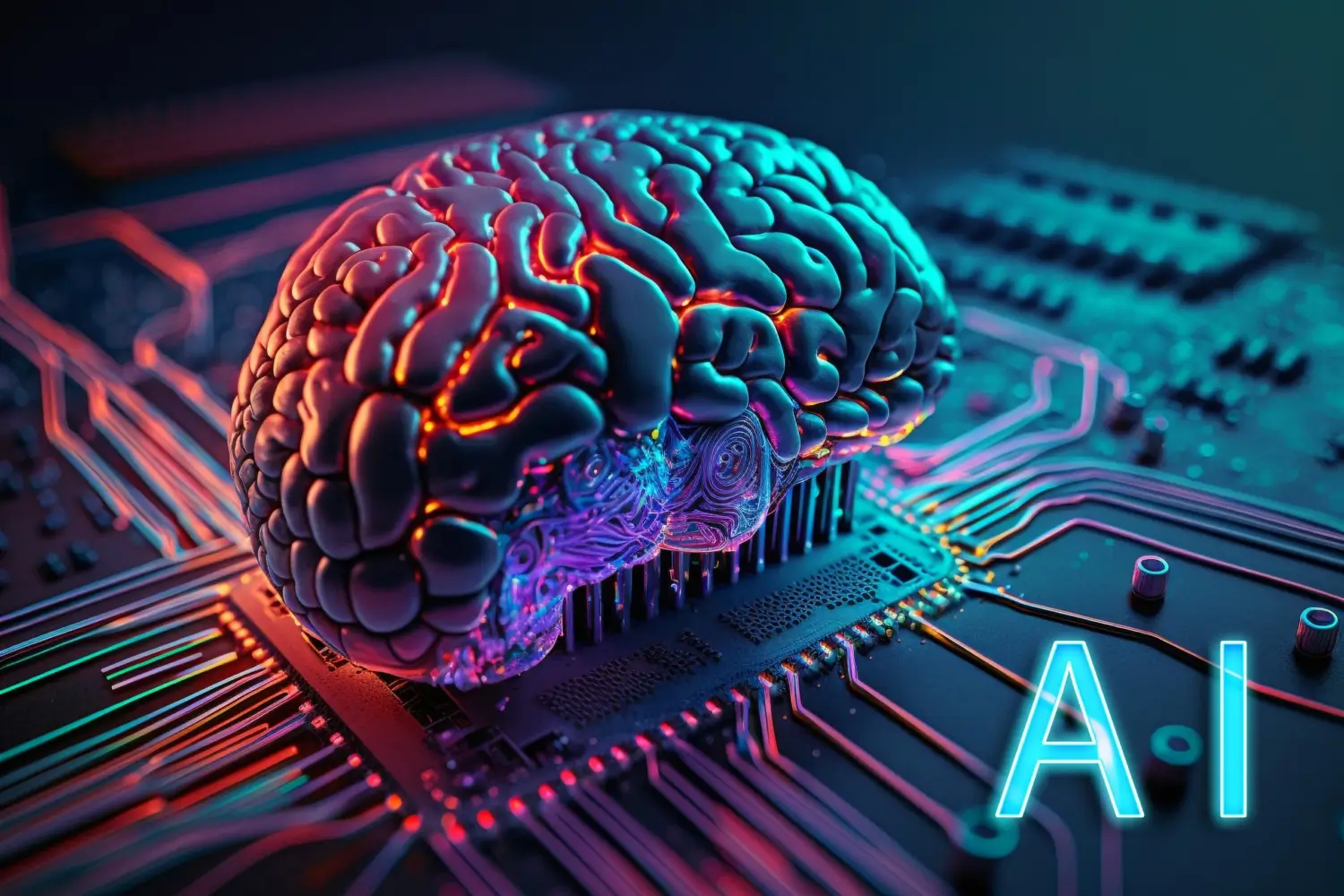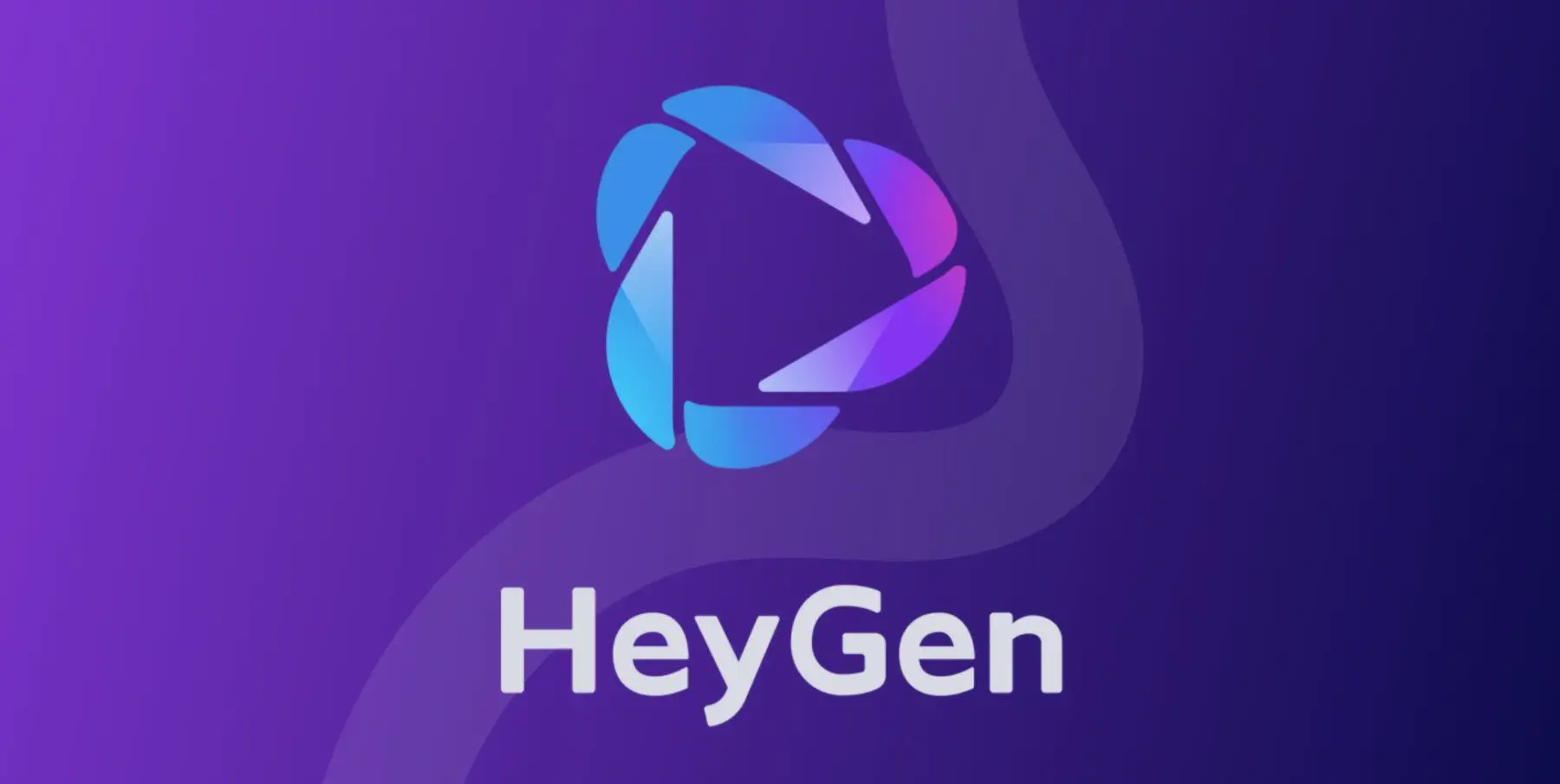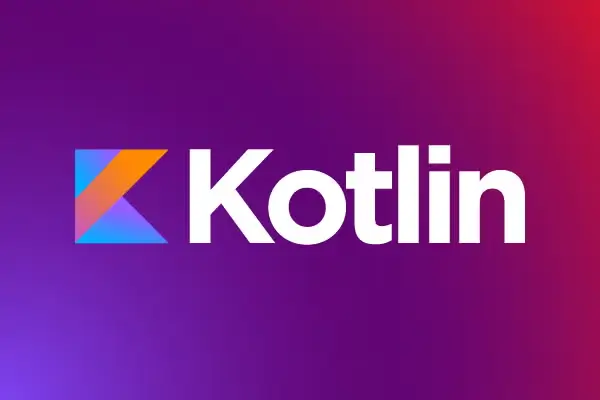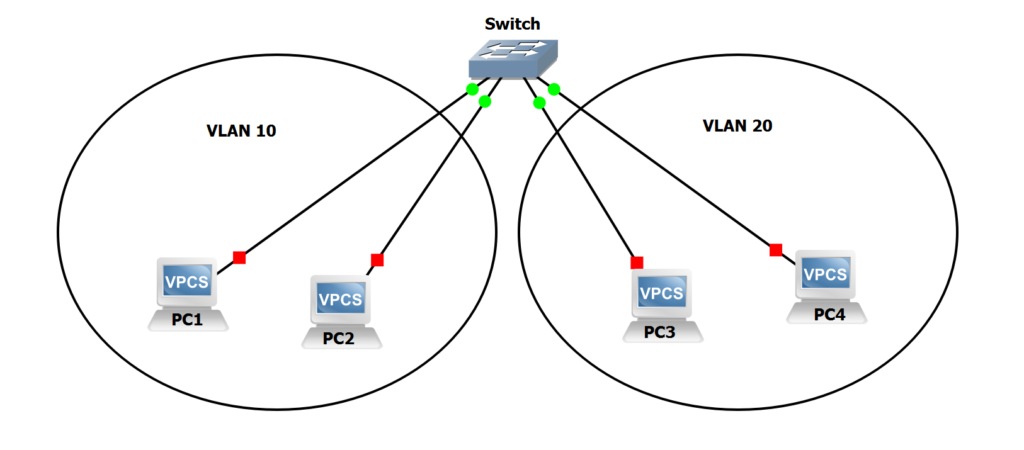Published on May 24, 2025
10 Best Programming Languages 2025 for Your Career!
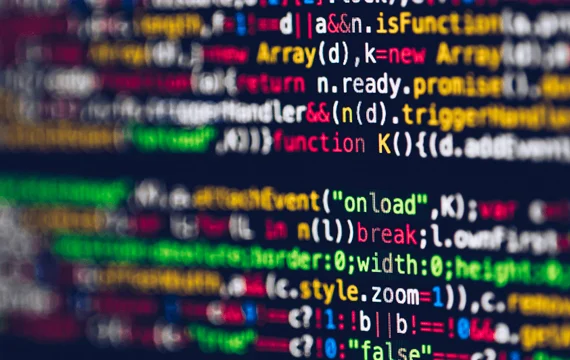
Entering 2025, the world of technology is developing very rapidly. The emergence of generative AI, quantum computing, and the microservices trend have changed the map of industrial needs for programming languages. This article will review the 10 best programming languages in 2025 that you should learn if you want to stay relevant and competitive in the modern technology world.
1. Python - The Irreplaceable King of Versatility
Python remains the main choice in 2025. Great support from the community, easy syntax, and its widespread use in the fields of AI, data science, web development, and automation keep it at the top.
Advantages:
- Easy to learn for beginners
- Many frameworks (Django, Flask, TensorFlow)
- Very strong in AI and Machine Learning
When to use: When you want to develop fast applications or explore the fields of data and AI.
2. JavaScript - The Foundation of the Modern Web
JavaScript is not only surviving, but continuing to grow. With the presence of frameworks such as React, Vue, and Next.js, this language has become the main choice for both front-end and full-stack development.
Pros:
- Can be used for front-end and back-end (Node.js)
- Compatible with all modern browsers
- Very large ecosystem
When to use: When you want to develop an interactive website or SPA (Single Page Application) application.
3. TypeScript – More Reliable JavaScript
In 2025, TypeScript will no longer be “optional”. Many companies are now adopting TypeScript as the main standard because of its static typing feature that prevents bugs from the start.
Pros:
- Safer than pure JavaScript
- Integration with modern frameworks is very smooth
- Supported by Microsoft and open-source
When to use: For large JavaScript-based projects that require a stronger code structure.
4. Go (Golang) – Fast, Lightweight, and Ready to Scale
Developed by Google, Go is increasingly popular in the world of backend and cloud computing. Its speed, ease of concurrency, and efficiency make Go a favorite for microservices and API development.
Pros:
- Very fast like C/C++
- Ideal for cloud-native apps
- Easy to learn and loved by backend developers
When to use: When you are building large-scale services like Kubernetes or distributed systems.
5. Rust – Security and Performance Without Compromise
Rust has gained a lot of attention because of its performance equivalent to C/C++ but with a safer memory management system. By 2025, Rust will be increasingly used in large companies and system projects.
Pros:
- Safe from memory leaks
- Suitable for low-level systems
- Favored by developers because of its ownership model
When to use: When you need to build system, embedded, or high-performance applications.
6. Kotlin – Modern Language for Android & Backend
Since being made the official language of Android by Google, Kotlin has continued to grow. In 2025, Kotlin will also start to become popular for backend development with Ktor and used in multiplatform projects.
Pros:
- Interoperable with Java
- Modern and concise syntax
- Direct support from JetBrains
When to use: When developing modern Android applications or backend microservices.
7. Swift – King of Apple Ecosystem Development
For those of you who want to enter the Apple ecosystem (iOS, macOS, watchOS), Swift is a must-have language. Fast, safe, and modern, Swift is growing rapidly especially with the intuitive SwiftUI.
Pros:
- High performance for native apps
- Clean, declarative syntax
- Ideal for iOS/macOS development
When to use: For building iPhone, iPad, Apple Watch, or Mac apps.
8. C# – Still Resilient in Enterprise and Gaming
C# will remain relevant in 2025 thanks to the now multiplatform .NET Core ecosystem. Additionally, C# is a top choice for game development using Unity.
Pros:
- Ideal for enterprise apps
- Robust in desktop, web, and game development
- Cross-OS compatibility (Windows, macOS, Linux)
When to use: If you’re developing enterprise apps, internal tools, or games.
9. SQL – Still Vital in the Data World
While not as common a programming language as others, SQL is still incredibly important. Nearly every modern application requires data management, and SQL remains the gold standard for that.
Pros:
- Universal syntax
- Used in almost all DBMS (MySQL, PostgreSQL, SQL Server)
- Indispensable in data analysis
When to use: In all projects that require interaction with databases.
10. Julia – The Future of Numerical Computation
Although not as popular as Python, Julia is growing rapidly in the fields of scientific computing, AI, and machine learning. The speed and ease of syntax make Julia increasingly noticed in 2025.
Pros:
- Very fast for heavy computing
- Easy as Python, fast as C
- Widely used in research and AI
When to use: When you are working on a data science or machine learning project that requires high performance.
Conclusion: Which One Should You Learn?
The choice of programming language depends largely on your career goals and the type of projects you are interested in. If you want to become a data scientist, Python and SQL are your best friends. If you dream of creating iOS apps, then Swift is the right choice. As for web development, JavaScript and TypeScript remain kings.
One thing is for sure: the ability to learn quickly and adaptably is more important than just mastering one language. Languages may change, but logic and problem solving will always be timeless.
If you need further guidance or a roadmap for learning these languages, leave a comment.

